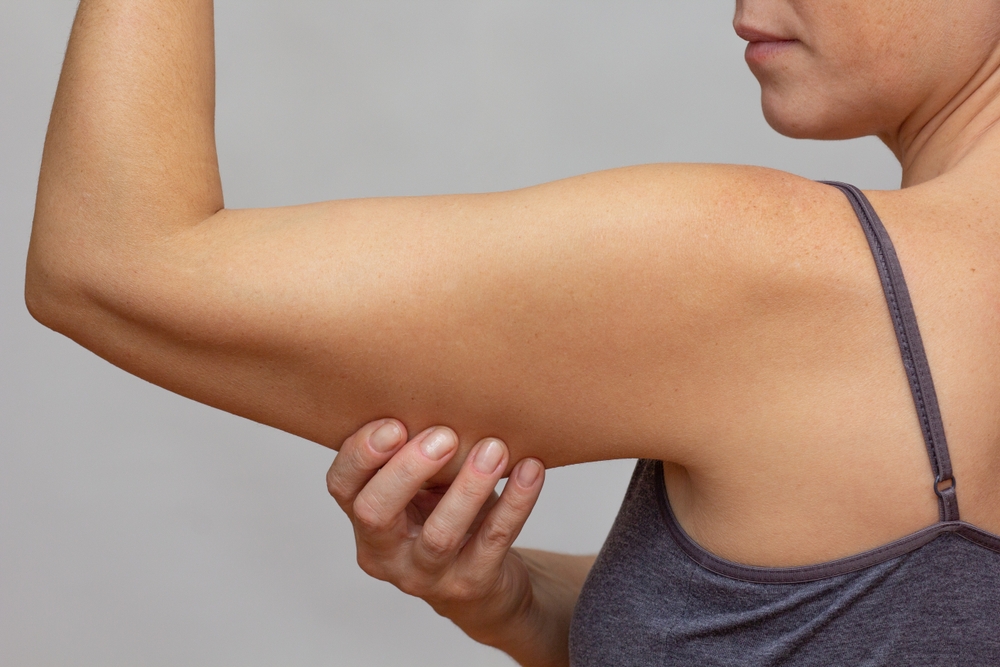
Arm liposuction helps to achieve slimmer and more contoured arms. Arm liposuction is typically performed to eliminate fat deposits in the arm area that are resistant to diet and exercise.
Arm liposuction involves the surgical removal of excess fat tissue from the arms. This procedure is carried out using liposuction techniques, where the surgeon makes small incisions in the arm area and inserts liposuction cannulas. These cannulas remove excess fat tissue, resulting in slimmer and more contoured arms.
The primary aim of this procedure is to remove excess fat in the arms, providing a more aesthetic and attractive appearance. Arm liposuction is generally performed for cosmetic reasons, and the results are usually long-lasting. This procedure is suitable for both men and women who wish to reduce excess fat in their arms.
Arm liposuction is generally suitable for individuals who:
Arm liposuction is typically performed under general anesthesia or local anesthesia. During the procedure, the surgeon makes small incisions in the arm area and inserts liposuction cannulas through these incisions. The cannulas are used to remove excess fat tissue, resulting in slimmer and more contoured arms. The surgeon carefully shapes the fat tissue to reveal the natural contours of the arms.
The procedure usually takes 1-2 hours, and patients can typically go home the same day or the next day. The recovery period after arm liposuction may be shorter compared to other cosmetic surgical procedures. Patients may experience mild pain, swelling, and bruising in the first few days, which generally subside within a few weeks. Following the doctor's post-operative care instructions is crucial for a smooth recovery.
One of the main advantages of arm liposuction is achieving slimmer and more contoured arms. This procedure removes excess fat tissue in the arm area, resulting in a more attractive and aesthetic appearance. Arm liposuction is an effective solution for eliminating fat that is resistant to diet and exercise. Additionally, the results of the procedure are usually long-lasting.
However, arm liposuction also carries some risks and potential complications. Post-operative complications can include infection, bleeding, and wound healing issues. Additionally, there is a risk of irregularities or asymmetry under the skin during the liposuction process. Patients should be thoroughly informed about the benefits and risks of arm liposuction and discuss all possibilities with their surgeon. When performed by an experienced and skilled surgeon, arm liposuction is generally a safe and effective procedure.
The recovery period after arm liposuction requires careful attention and adherence to the doctor's instructions. Patients may experience mild pain, swelling, and bruising in the arm area in the first few days post-surgery. These symptoms usually subside within a few weeks. Patients can manage pain with prescribed pain medications and reduce swelling with cold compresses.
It is essential to avoid strenuous physical activities during the recovery period. Patients should rest and gradually return to normal activities over the first few weeks post-surgery. Additionally, wearing special compression garments or bandages as recommended by the surgeon helps with healing and maintaining the shape of the arms. Regular follow-up appointments with the surgeon are crucial for monitoring the recovery process and early detection of potential complications. For more information and the arm liposuction costs, contact EMPCLINICS.
The incisions made during arm liposuction are small, so scars are typically minimal and fade over time. The incision sites are usually in hidden areas, making them less noticeable.
While the removed fat cells do not return, leading an unhealthy lifestyle can cause the remaining fat cells to grow, potentially leading to new fat deposits in the arms. Maintaining a healthy lifestyle post-surgery is crucial.
Arm liposuction is a permanent procedure. The removed fat cells do not return, but maintaining a healthy diet and exercise routine post-surgery is important to prevent the remaining fat cells from enlarging.